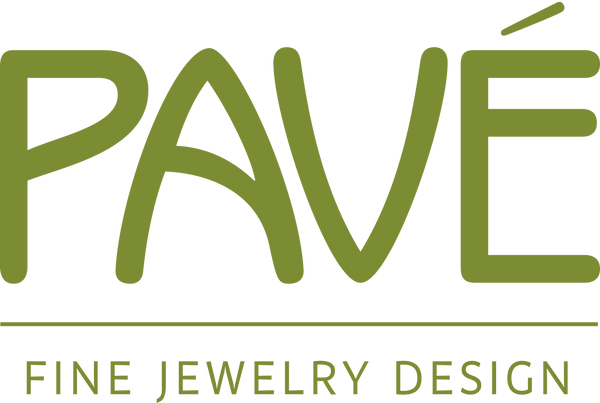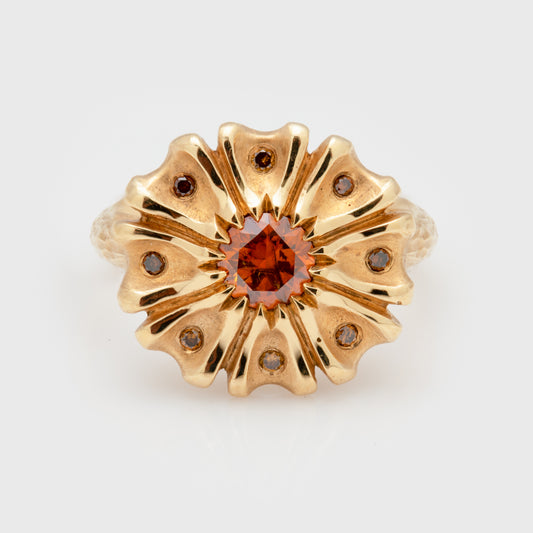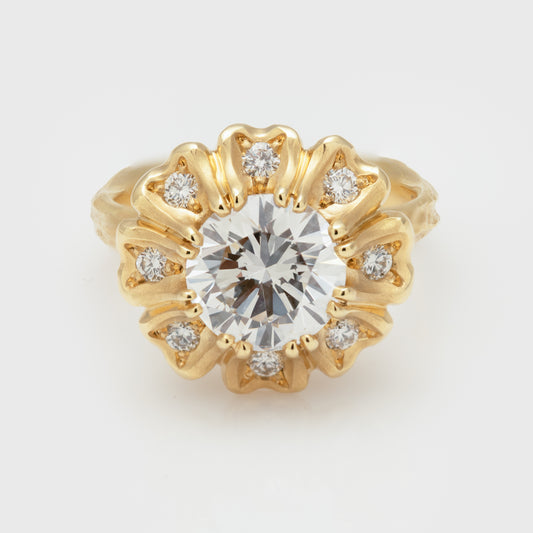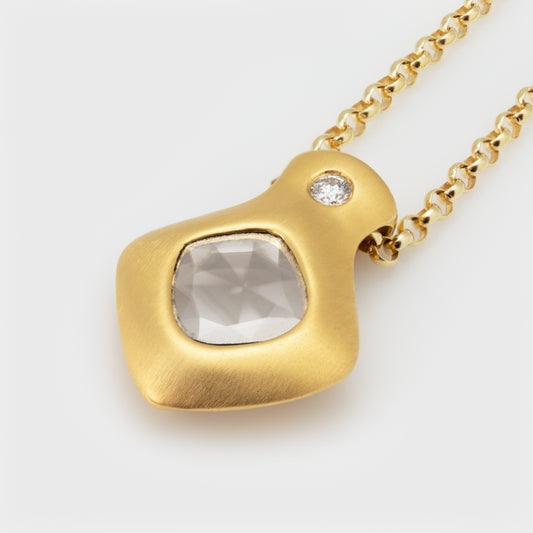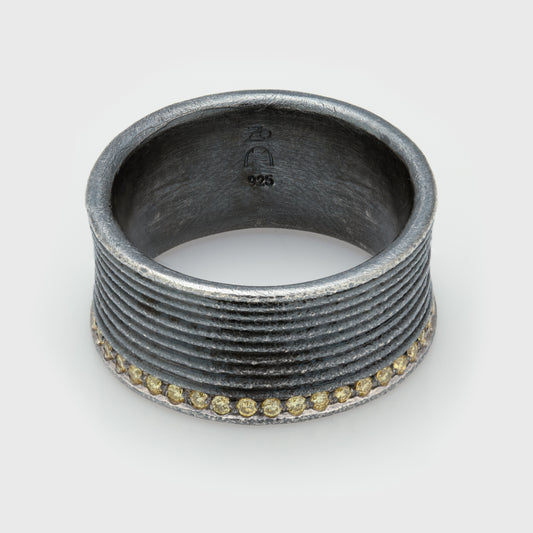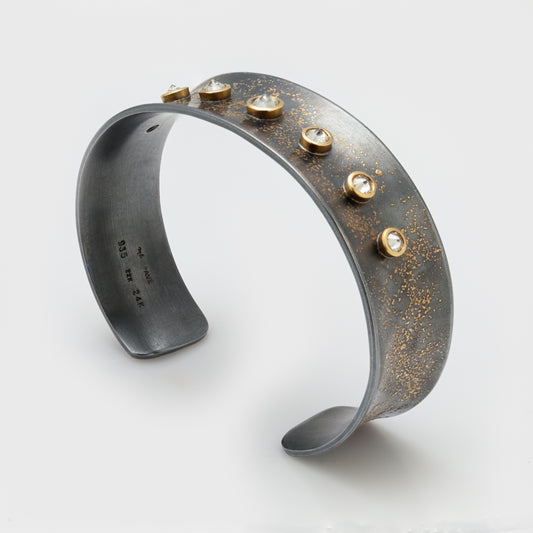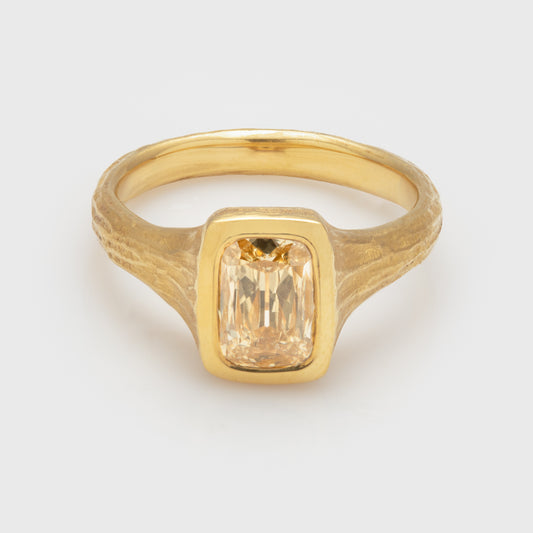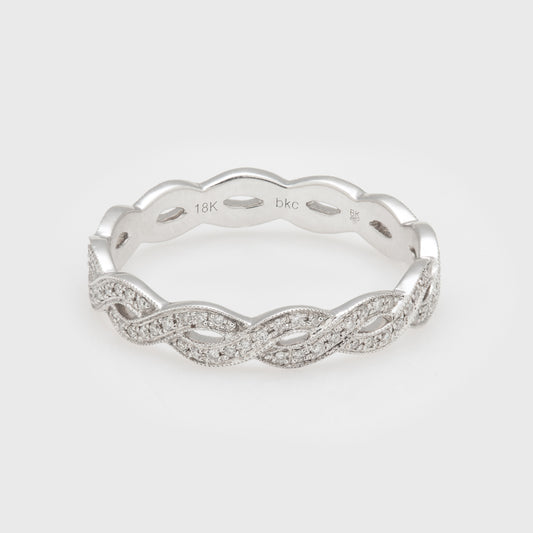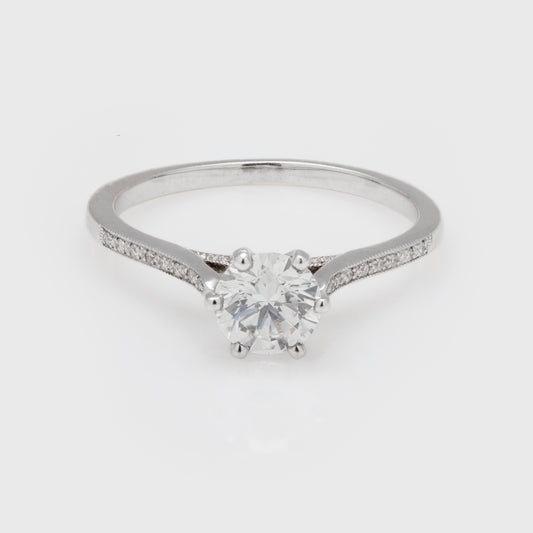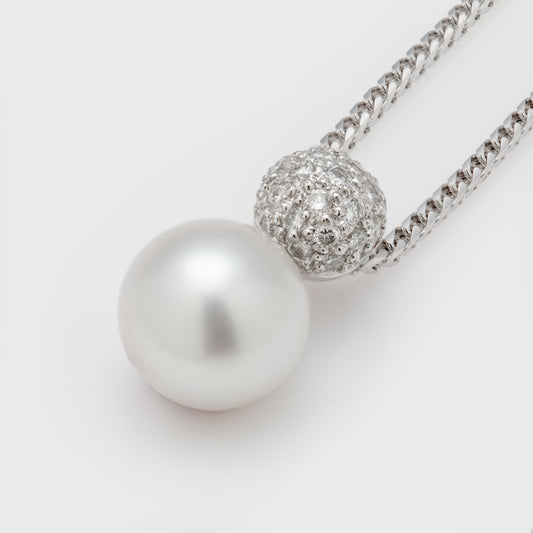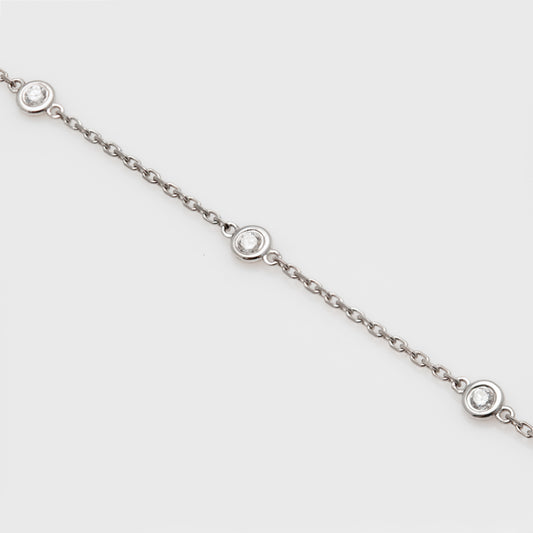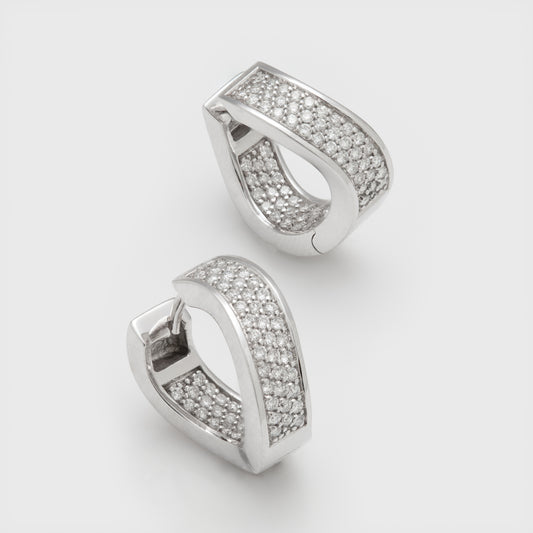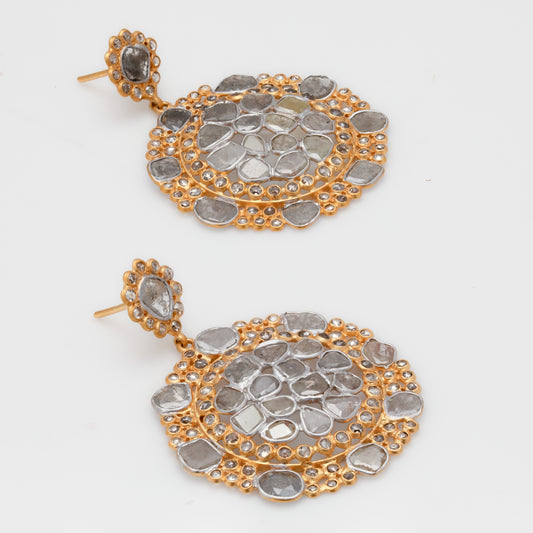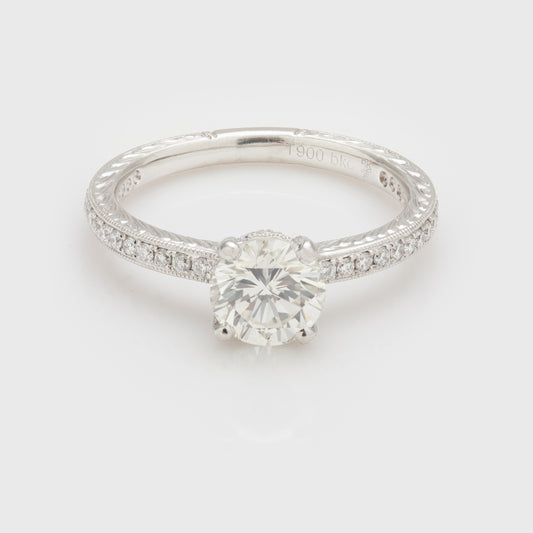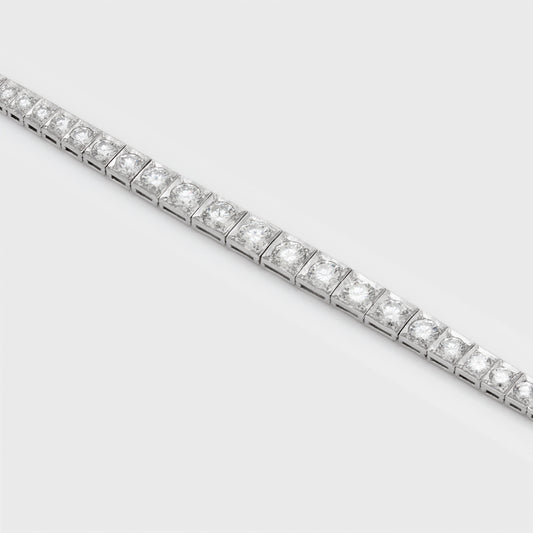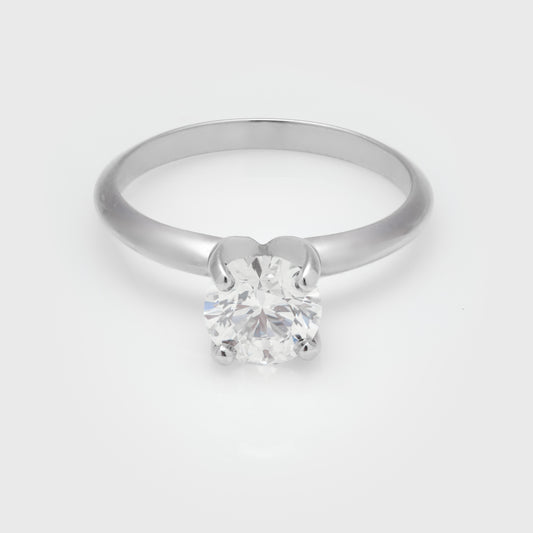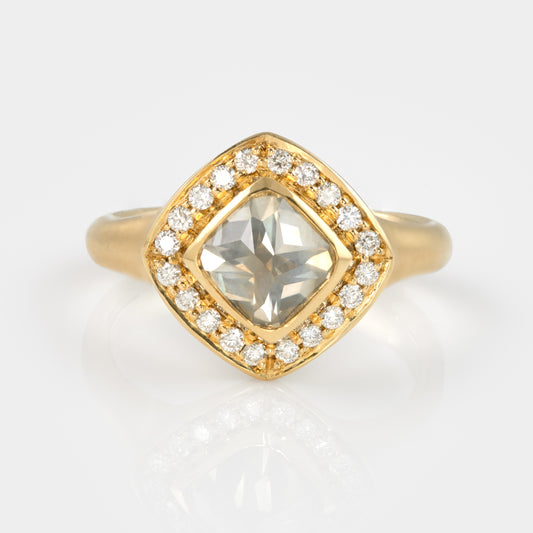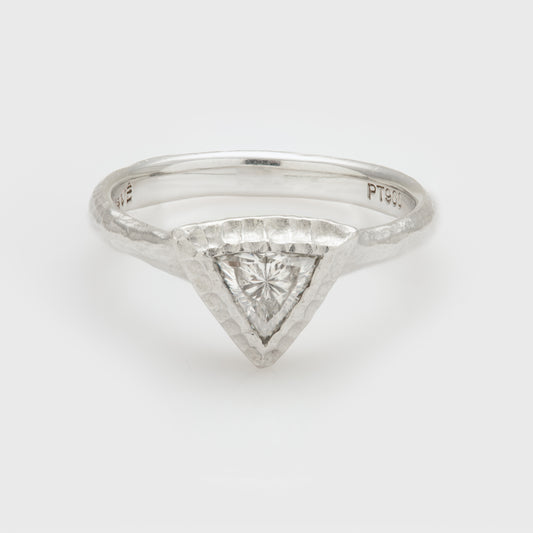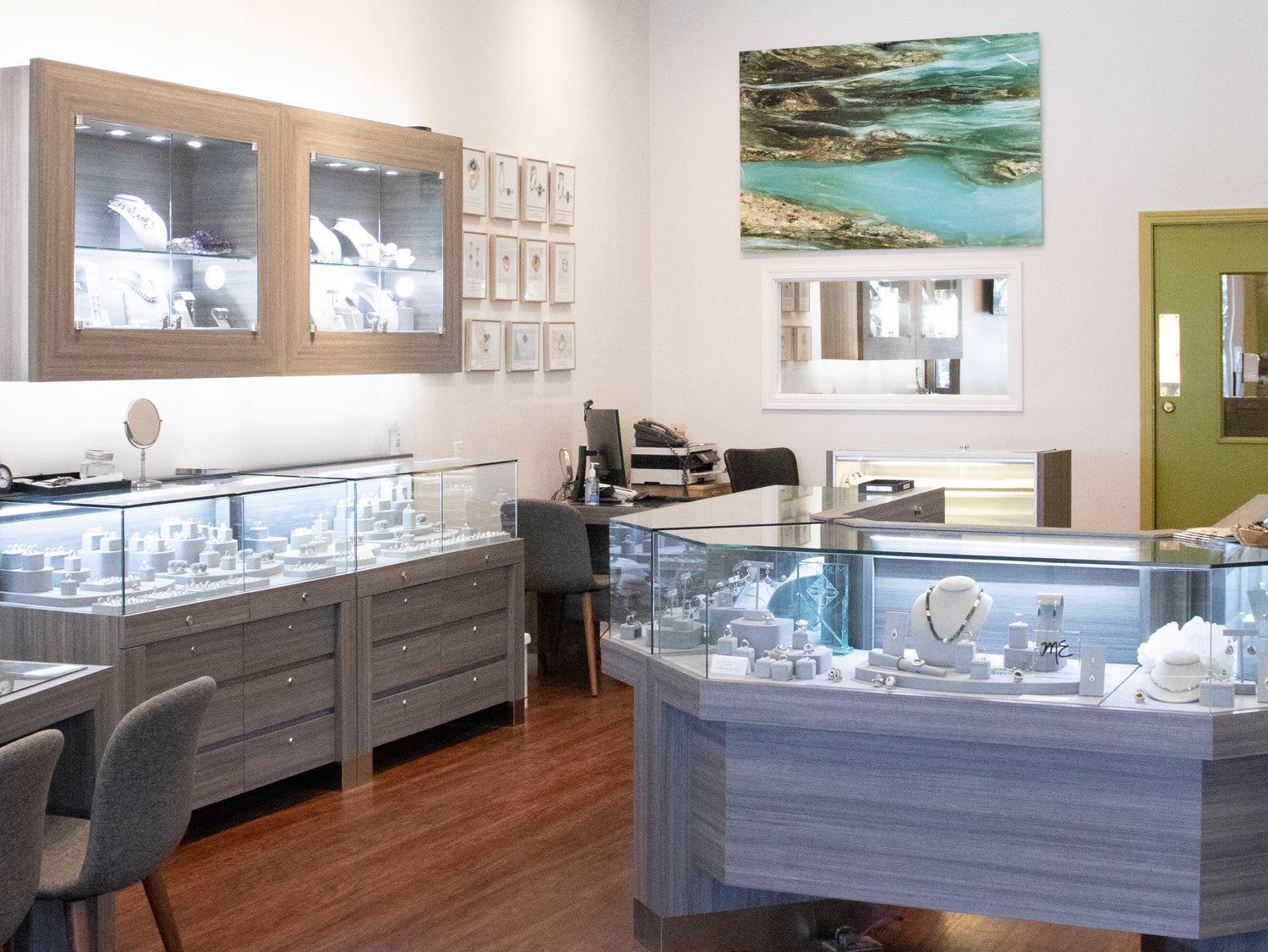
The Guide to your Diamond
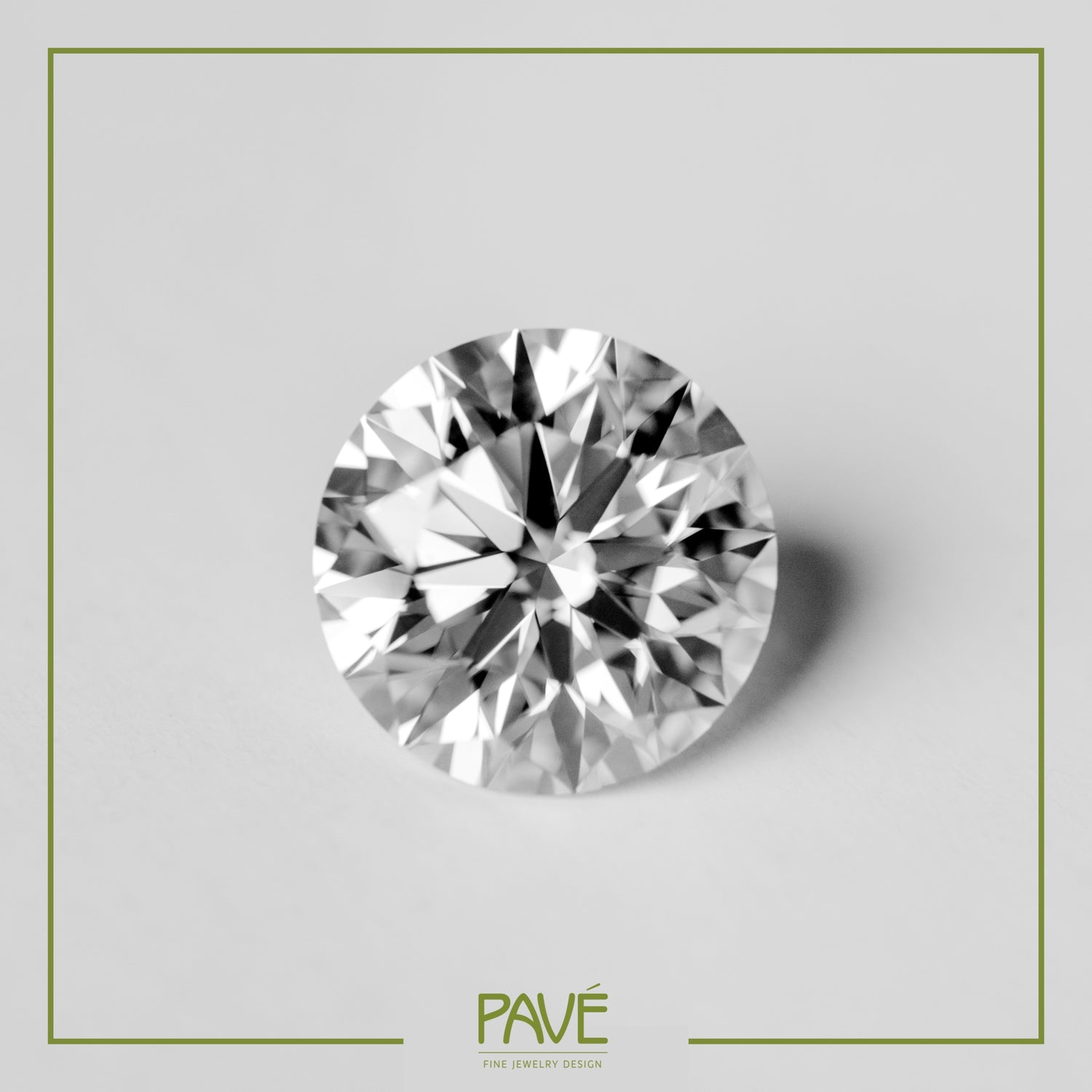
The 4 C's
The 4C's classify the value of diamonds. Every diamond's PRICE, RARITY and BEAUTY are determined by the combination of CUT, COLOR, CLARITY, and CARAT WEIGHT.
Diamond Jewelry
-
Yellow Gold Diamond Slice Necklace
Regular price From $9,350Regular priceUnit price / per -
Yellow Diamond Zobel Band
Regular price $2,775Regular priceUnit price / per -
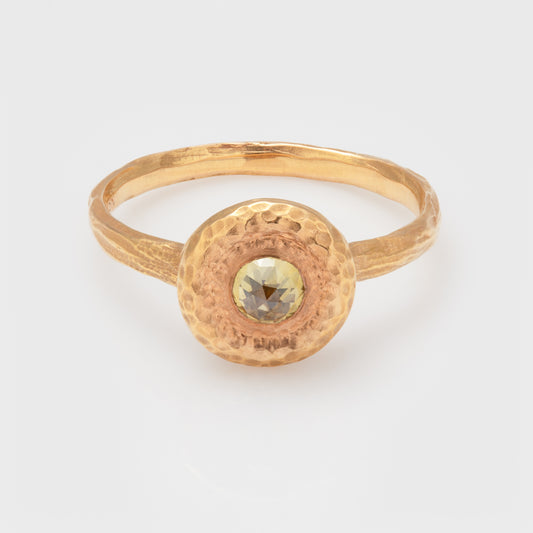 Sold outSold out
Sold outSold out -
Yellow Diamond Redwood Bark Necklace
Regular price $6,950Regular priceUnit price / per -
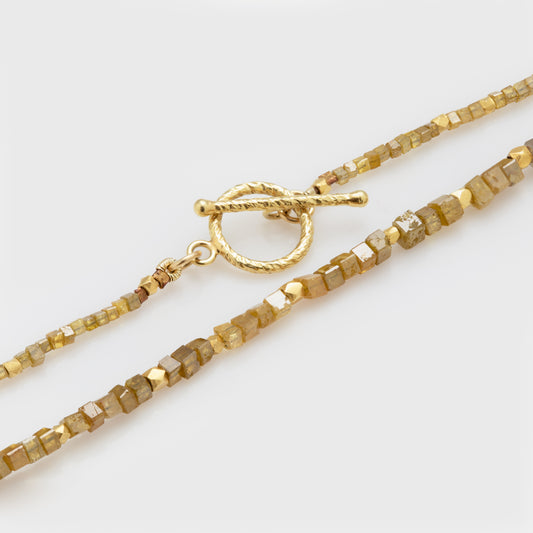 Sold out
Sold out -
Yellow Diamond Gold Dust Cuff
Regular price $6,125Regular priceUnit price / per -
Woven Eternity Band
Regular price $2,425Regular priceUnit price / per -
White Gold Vintage-Inspired Diamond Ring
Regular price $6,995Regular priceUnit price / per -
White Gold South Sea Pearl and Pavé Diamond Necklace
Regular price From $1,350Regular priceUnit price / per -
White Gold Diamond Station Bracelet
Regular price $1,175Regular priceUnit price / per -
White Gold Diamond Hoops
Regular price $2,925Regular priceUnit price / per -
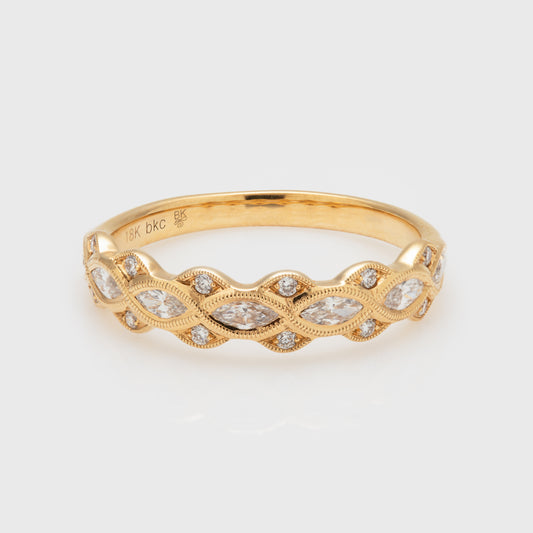 Sold out
Sold out -
Vintage-Inspired Diamond Ring
Regular price $9,595Regular priceUnit price / per -
Vintage Platinum Tennis Bracelet
Regular price $18,975Regular priceUnit price / per -
Vintage Diamond Solitaire Ring
Regular price $10,395Regular priceUnit price / per -
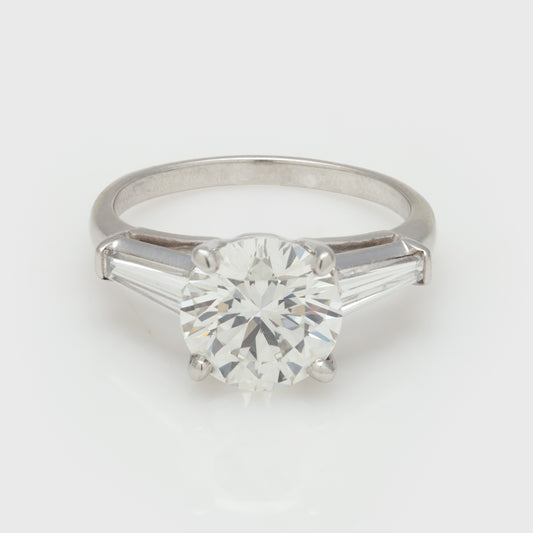 Sold outSold out
Sold outSold out -
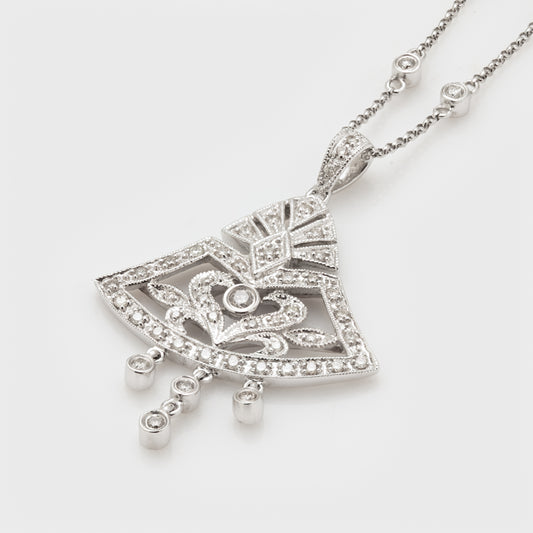 Sold out
Sold out -
Upside Down Diamond Ring
Regular price $9,950Regular priceUnit price / per -
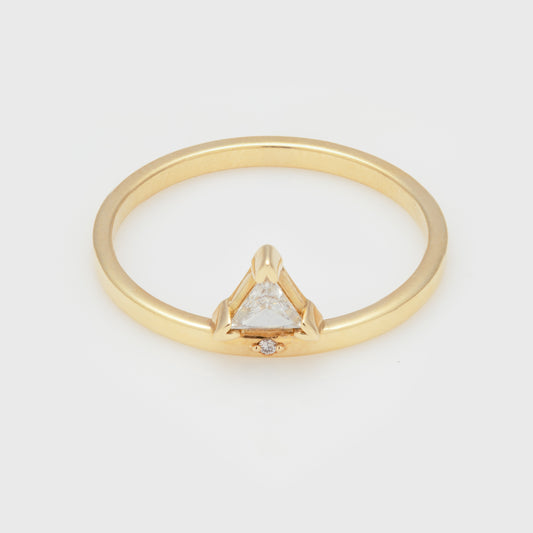 Sold out
Sold out -
Trillion Cut Diamond Ring
Regular price $4,975Regular priceUnit price / per
CUT
Cut describes the proportions and angles of a diamond. Many people confuse cut with the shape of the diamond. Although nature determines the other three characteristics, it takes a master diamond cutter to reveal a diamond’s true beauty. Diamonds are available in various shapes including round, square, marquise, oval, heart, and pear, but cut refers to the angles and proportions of a diamond. A well-cut diamond reflects light from one mirror-like facet to another and projects the light through the top of the stone. The result is a fiery and brilliant display. Diamonds that are cut too deep or too shallow leak light through the side or bottom, resulting in a lackluster appearance and diminished value.
COLOR
White colorless diamonds remain the most popular, even though diamonds are found in a kaleidoscope of colors. Diamonds are graded on a color scale implemented by the Gemological Institute of America (GIA), ranging from D, which is colorless, to Z. Color differences can be so subtle that diamond colors are graded under controlled lighting conditions and are compared to a master set for accuracy. While truly colorless diamonds, graded D, are treasured for their rarity, diamond color is ultimately a very personal taste. Ask to see an array of color grades next to one another to help you determine your color preference.
CLARITY
Nature ensures that each diamond is as individual as the person who wears it. Naturally occurring inclusions such as minerals or fractures are identifying characteristics created while diamonds are formed in the earth. Jewelers use magnification to view diamonds at 10x their actual size so these tiny inclusions are more easily seen. Inclusions are measured on a scale of perfection, known as clarity, which was established by GIA. The greater a diamond’s clarity, the more rare and valuable it is. An inclusion in the middle or top of a diamond could impact the dispersion of light, making it less brilliant.
CARAT WEIGHT
Carat is a diamond’s measure of weight, not size. One full carat is equal to 100 points. A 3/4 carat diamond is the same as 75 points. Since larger diamonds are found less frequently in nature, a 1 carat diamond will cost more than twice a 1/2 carat diamond (assuming all other characteristics remain constant). The cut and the mounting can make a diamond appear larger than its actual weight. Our experienced staff will help you find the right diamond and mounting to optimize its beauty.
